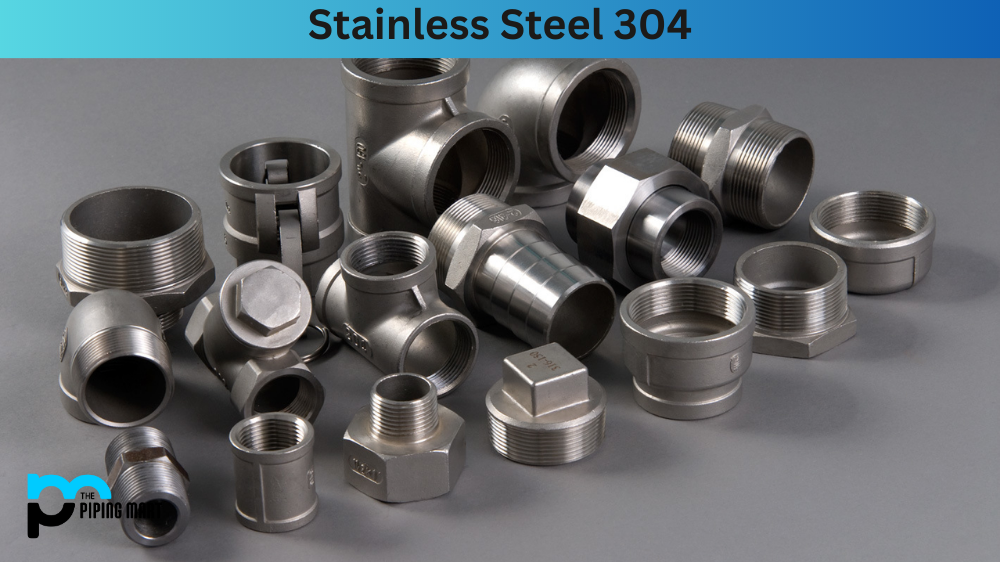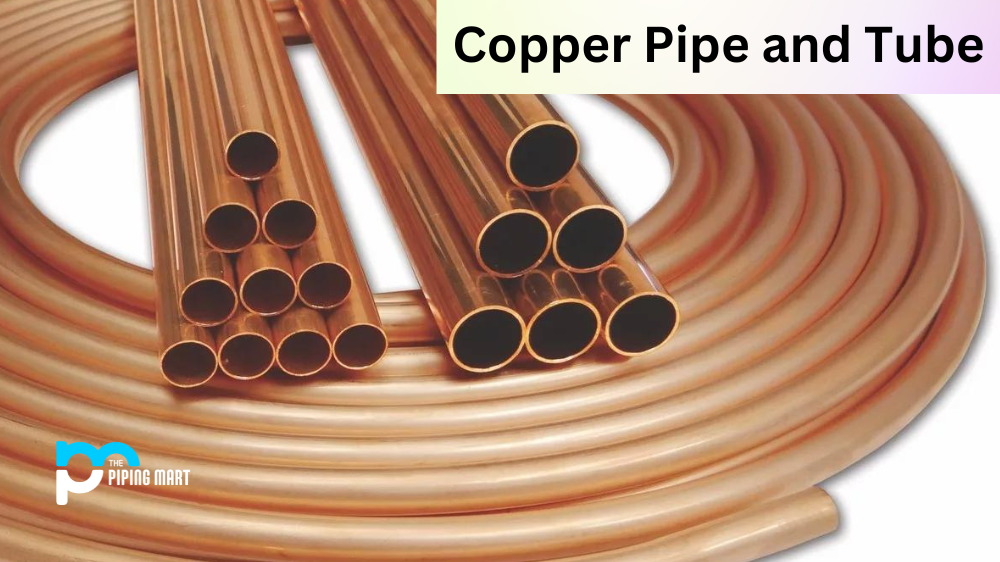Stainless steel 304 is undoubtedly one of the most popular materials in various industries worldwide. It is famous for its durability and resistance to corrosion, making it ideal for use in multiple applications, including kitchenware, construction, and transportation. One question often arises among industry professionals and interested individuals is the different types of stainless steel 304. This article will explore the various kinds of stainless steel 304 and its unique properties.
Types of Stainless Steel
Austenitic Stainless Steel 304
Austenitic stainless steel 304 is the most common type of stainless steel 304. It is non-magnetic and contains high amounts of chromium and nickel, which gives it outstanding corrosion resistance. It is also highly formable and weldable, making it ideal for various industries such as food and beverage, oil and gas, chemical processing, and medicine.
Ferritic Stainless Steel 304
Ferritic stainless steel 304 has a low nickel content and is more magnetic than austenitic stainless steel 304. It is famous for its resistance to stress corrosion cracking, high-temperature oxidation, and scaling.
Martensitic Stainless Steel 304
Martensitic stainless steel 304 is a magnetic type of stainless steel 304, famous for its high strength and hardness. It can be hardened using heat treatment and is often used in making knives, surgical instruments, and other tools.
Duplex Stainless Steel 304
Duplex stainless steel 304 combines ferritic and austenitic stainless steel alloys. It is famous for its superior strength, excellent resistance to stress corrosion, and high resistance to pitting and crevice corrosion. Duplex stainless steel 304 is commonly used in marine, petrochemical, and transportation industries.
Precipitation-Hardening Stainless Steel 304
Precipitation-hardening stainless steel 304 is famous for its high strength and excellent corrosion resistance. It contains chromium, nickel, and copper; heat treatment can alter its properties. It is used mainly in aerospace, chemical processing, and nuclear industries.
Conclusion
In conclusion, understanding the different types of stainless steel 304 is crucial in determining the most suitable alloy for your specific application. Each type of stainless steel 304 has unique strengths and weaknesses, and it is essential to consider factors such as compatibility, durability, and resistance to wear, corrosion, and temperature when choosing a material. By selecting the suitable stainless steel 304, you can enjoy a material that withstands the test of time and improves the performance of your products.

A passionate metal industry expert and blogger. With over 5 years of experience in the field, Palak brings a wealth of knowledge and insight to her writing. Whether discussing the latest trends in the metal industry or sharing tips, she is dedicated to helping others succeed in the metal industry.




